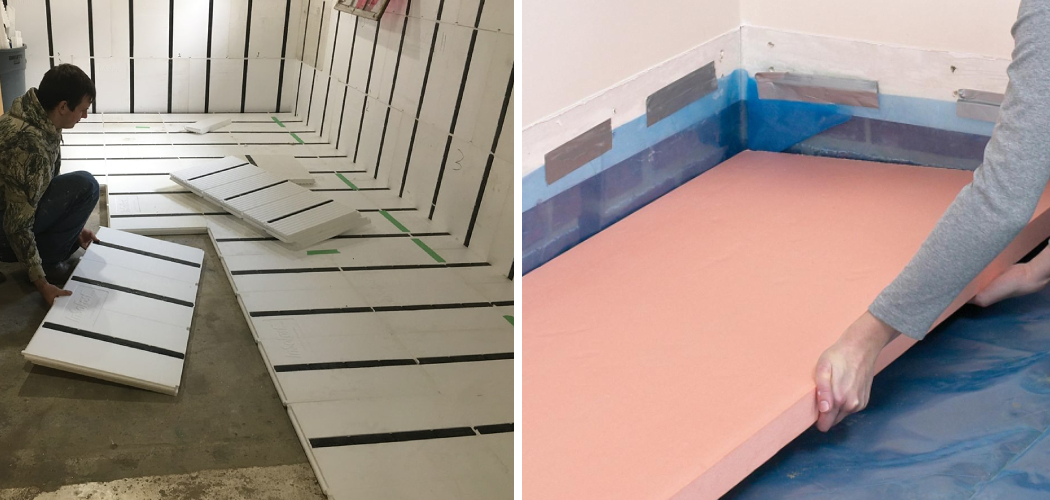Are you looking for ways to improve the energy efficiency of your home? Well, one great place to start is by learning how to insulate a concrete basement floor. By doing so, you can keep your basement comfortable year-round and save money on heating and cooling bills. With some basic materials and tools, it’s easy to do yourself—so why not give it a try?
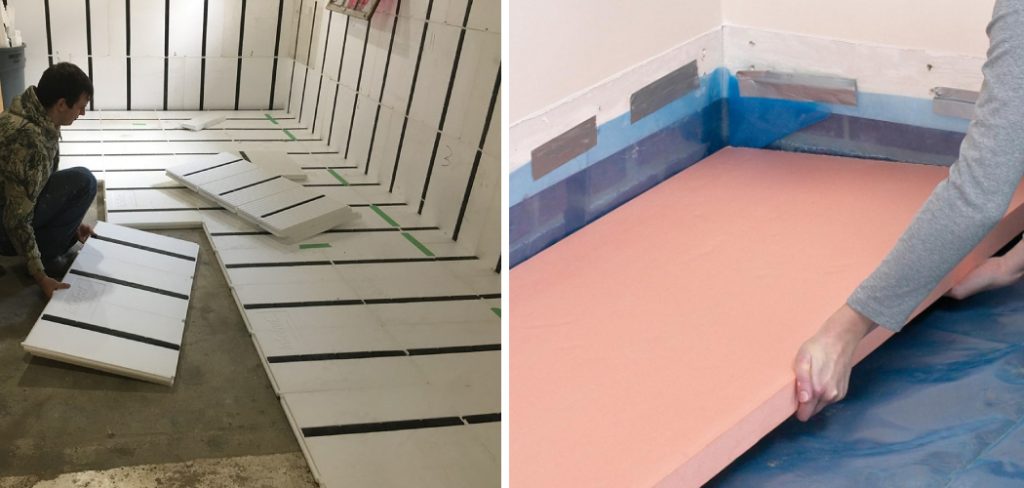
In this blog post we’ll walk through all the steps necessary in order to properly insulate your concrete basement floor including what type of insulation is best suited for the job, how much material you need, and the various installation methods available. So if you’re interested in increasing your home’s energy efficiency while also making it more comfortable throughout the seasons, read on!
Why Insulating a Concrete Basement Floor Is Important?
1. To Maintain Temperature
A concrete basement floor is susceptible to both heat and cold loss. Without insulation, the cold air from outside can easily penetrate the concrete and make your basement chilly during the winter months. Likewise, during summer months, the hot air from outside will seep into your home through the concrete flooring making it uncomfortably warm.
2. To Reduce Noise
Insulating your concrete floor will also reduce any noise from outside that may pass through the cracks or crevices in the concrete. This is especially helpful if you’re looking to create a quiet and peaceful space in your basement.
3. To Increase Energy Efficiency
Finally, insulating your basement floor can help make your home more energy efficient by trapping the hot air in your home and keeping the cold air out. This will enable you to save money on monthly heating and cooling bills, as well as reduce your overall carbon footprint.
Choosing the Best Insulation for a Concrete Basement Floor
When it comes to insulating concrete basement floors, there are several different materials available on the market. However, one of the most popular options is reflective insulation that comes in rolls or sheets and can be easily cut to fit any space. This type of insulation has a shiny side that reflects heat back into your home while also keeping cold air from entering through the floor.
It’s relatively inexpensive, easy to install, and effective at trapping both heat and cold.
Other insulation materials that can be used on concrete basement floors include foam boards, batt insulation, and spray foam insulation. However, these materials are likely to be more expensive and require professional installation in order to get the best results.
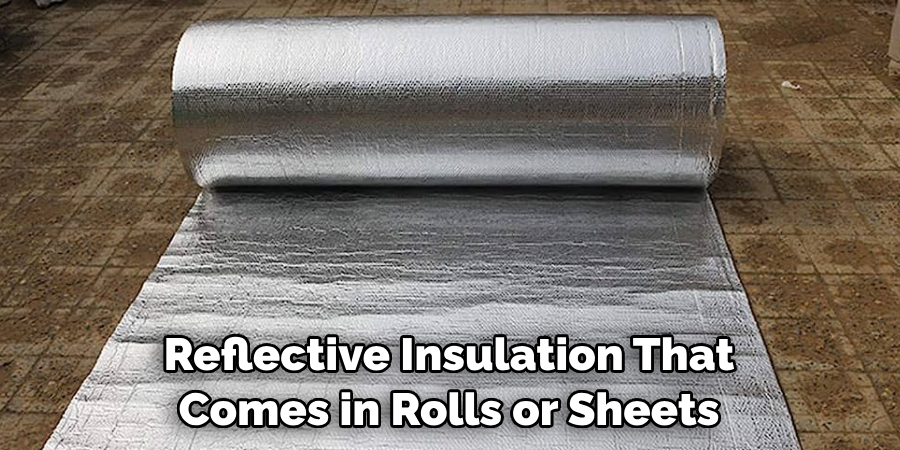
Required Items and Tools
Here are the items and tools you need to insulate a concrete basement floor:
- Reflective insulation rolls or sheets
- Tape measure
- Utility knife
- Caulk gun
- Insulation staples
7 Ways How to Insulate a Concrete Basement Floor
Now that you know what type of insulation is best for your project, here’s an overview of the steps you need to take to insulate your concrete basement floor.
1. Measure and Cut the Insulation
Start by measuring your space and then use a utility knife or scissors to cut the pieces of reflective insulation into the correct sizes. Also, make sure to leave a gap of at least 1 inch between each piece so that there is space for air to flow.
2. Secure Insulation
Once the insulation pieces have been cut, you can use an insulation staple gun or adhesive caulk to secure them in place on the concrete flooring. Make sure they are firmly attached and won’t move around.
3. Apply Tape
Finally, use strong tape such as duct tape or aluminum foil tape to seal the seams of each piece of insulation and ensure that there are no gaps between them. This will prevent any air from entering through the flooring and increase energy efficiency.
4. Seal Cracks
If you notice any cracks or other imperfections in your concrete floor, now is the time to seal them with a caulk gun. This will help keep cold air from seeping into your basement and reduce energy costs.
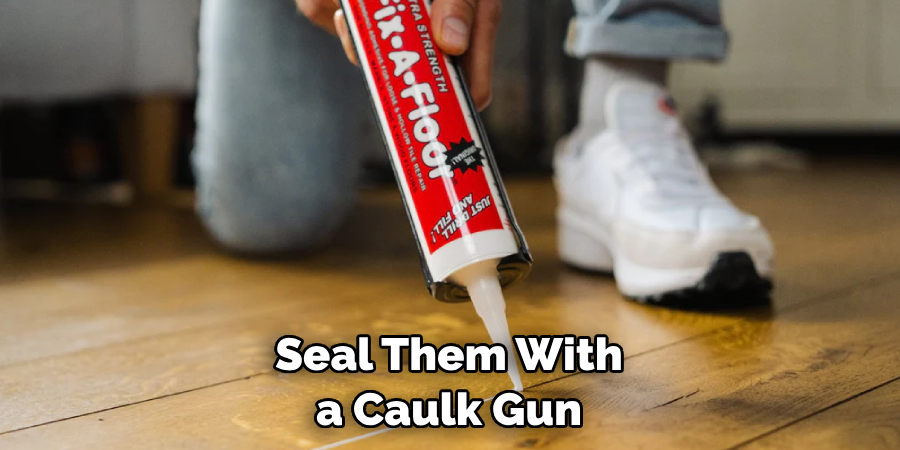
5. Install Subfloor
Once all the insulation pieces are securely attached, you can then install a subfloor over the top. This will help protect the insulation and provide a comfortable surface on which to walk. Installing a subfloor is optional, but it can provide an extra layer of protection and make your basement more comfortable.
6. Finish Flooring
Once the subfloor is down, you can then finish off your basement with flooring of your choice, such as carpet, tile, laminate, or hardwood. This will complete the insulation job and make your basement look more attractive.
7. Check for Gaps
Once you’ve finished installing all the insulation, it’s important to go back and check for any gaps or air leaks that may have been missed. If you notice any, fill them in with caulk or extra pieces of insulation. This will help ensure that your basement remains comfortable and energy efficient all year round.
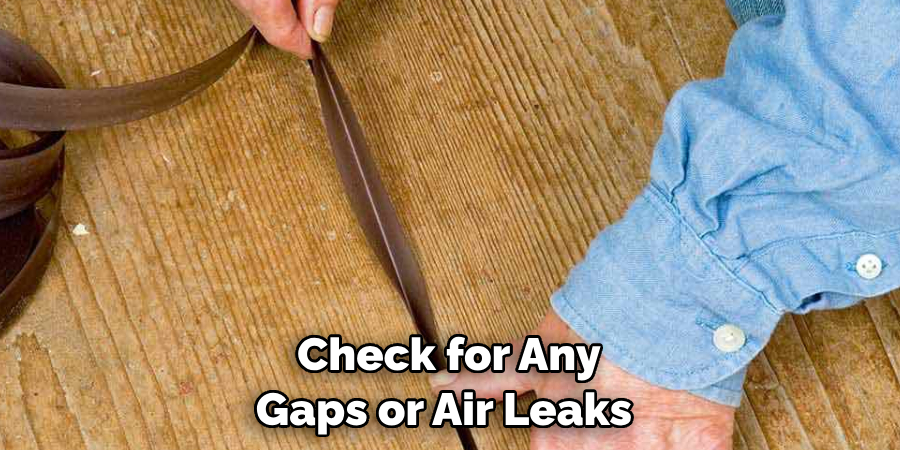
With these steps on how to insulate a concrete basement floor, you’ll be able to easily and quickly insulate your concrete basement floor and make it more energy efficient. So why not try it out and see how much money you can save?
8 Safety Measures to Take While Insulating a Concrete Basement Floor
When insulating your concrete basement floor, it’s important to ensure you are taking all the necessary safety measures in order to prevent any potential injuries or damage. Here are 8 tips to help make sure your insulation project is done safely and efficiently:
1. Wear protective gear. Always wear protective gear such as safety goggles, gloves, and a dust mask when insulating your basement floor. This will help protect your eyes, skin, and lungs from any airborne particles or debris.
2. Turn off the power supply. Make sure to turn off the power supply in the area before beginning work on insulating your concrete basement floor. This will prevent any electrical shock or damage. Turning off the power supply will also help to prevent any unnecessary distractions.
3. Check for moisture. Before installing insulation, check the area to ensure there is no excessive moisture present. If there is too much moisture in the air or on the floor, it can cause mold and mildew growth and damage your insulation material over time.
4. Keep exhaust fans running. When working in your basement, keep exhaust fans running to help circulate the air and prevent any buildup of particles or dust. Keeping the exhaust fans running will also help to reduce humidity levels in the basement and prevent any moisture buildup.
5. Secure insulation material. Make sure to securely attach your insulation material to the floor or wall. This will help prevent it from shifting or moving over time and keep it in place for years to come.
6. Check temperature. Keep an eye on the temperature in your basement. If it gets too hot, open the windows or turn on a fan to keep the air circulating and prevent any overheating of your insulation material.
7. Dispose of debris properly. When you’re finished insulating your basement floor, make sure to properly dispose of any unused materials or debris. This will help ensure that your project area stays clean and safe.
8. Clean up the area. Once you’re done, make sure to clean up your work area thoroughly. This will help keep any potential hazards or debris away from the newly insulated basement floor.
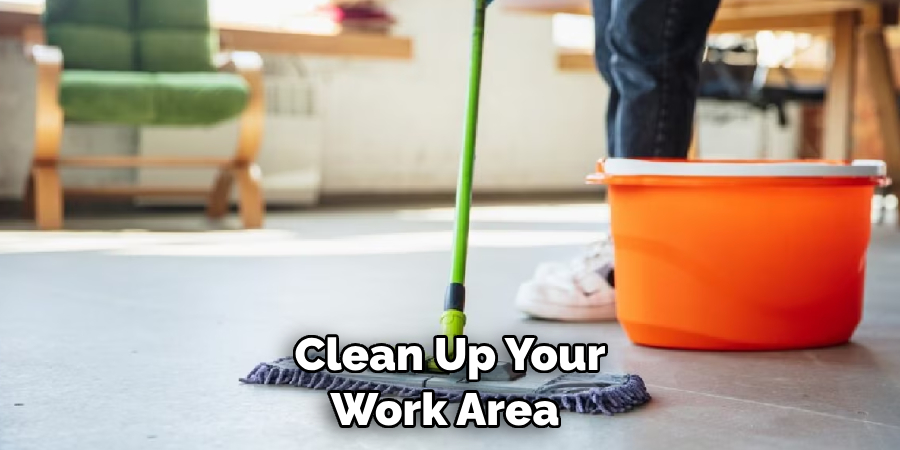
Following these 8 safety measures on how to insulate a concrete basement floor when insulating your concrete basement floor will help ensure that your project is completed safely and efficiently. Taking the time to make sure all safety requirements are in place before beginning your insulation project will help you avoid any potential accidents or injuries.
Frequently Asked Questions
How Long Will It Take to Finish the Project?
The amount of time it will take to insulate a concrete basement floor depends on the size and complexity of the task. Generally, a small area that is just being insulated with batting could be completed in as little as one day. However, if you are installing rigid foam insulation or other building materials, it could take up to several days to complete the project.
Additionally, you’ll need to factor in the time needed to prepare the basement floor by patching any cracks or holes that exist. Be sure to fully assess how much time you have available before beginning a project of this type.
What Kind of Special Materials Should I Use?
When it comes to insulating a concrete basement floor, there are several materials that can be used, including fiberglass batt insulation, rigid foam insulation, and spray foam insulation. Depending on your budget and the desired effect you are looking for, any of these options can be a good choice.
Be sure to consider the climate in your area when choosing an insulation material, as some will provide better protection from heat or cold depending on the season.
What is the Cheapest Way to Insulate a Concrete Basement Floor?
Fiberglass batt insulation is generally the most affordable option for insulating a concrete basement floor. However, it is important to note that fiberglass does not provide as much protection from heat or cold as some of the other materials available.
If you are looking for more efficient insulation, then rigid foam or spray foam insulation may be your best bet. These options cost more upfront but can save you money in the long run by helping to reduce your energy bills.
Is Insulating a Concrete Basement Floor Difficult?
Insulating a concrete basement floor is not typically considered an overly difficult task, as long as the proper materials and tools are used. However, it does require some knowledge of home improvement projects and basic carpentry tools.

Additionally, having a helper available to assist with the installation can make the job much easier and less time-consuming. If you are not comfortable tackling this project on your own, it is best to hire a qualified professional who will be able to complete the job correctly and in a timely manner.
Conclusion
In conclusion, it is clear that there are several methods for insulating a concrete basement floor. Each type of insulation comes with its own advantages and disadvantages, so choose the best option based on your needs, budget, and desired outcome. Properly implementing any of these methods will provide worth-while energy savings and help to make your living space more comfortable.
Furthermore, most of these solutions on how to insulate a concrete basement floor also provide secondary benefits such as reducing noise levels or dampening echo within the room. No matter which route you take when it comes to insulating your concrete basement floor, the investment will be sure to pay off in utility savings and a comfortable environment. So why wait? Get informed and tackle this project today!
